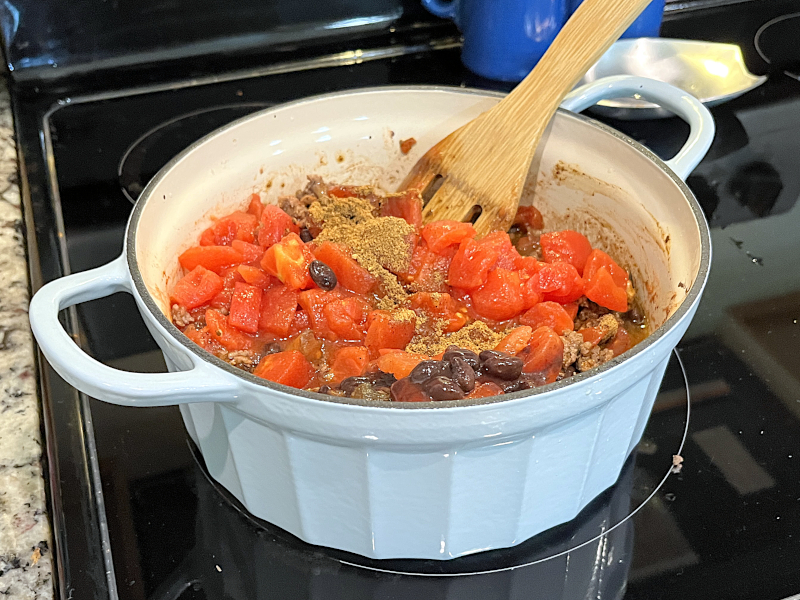The Dutch oven is a versatile and indispensable tool in any kitchen. But have you ever wondered, why is a Dutch oven called a Dutch oven? This article will delve into the history, functionality, and reasons behind the name of this beloved cooking pot. As kitchen professionals and enthusiasts, understanding the origins of our tools can deepen our appreciation for them.

Introduction to Dutch Ovens
Before we answer why is a Dutch oven called a Dutch oven, let’s first understand what a Dutch oven is. A Dutch oven is a heavy-duty cooking pot made from cast iron, and it often comes with a tight-fitting lid. This design allows it to cook food evenly and retain moisture, making it excellent for braises, stews, and even baking bread. The Dutch oven has been a staple in kitchens for centuries, highlighting its tremendous utility.

The History of the Dutch Oven
The Early Days
The history of the Dutch oven can be traced back to the 17th century. The pot was originally crafted by the Dutch using a distinctive casting technique. The Dutch were known for their skillful metalwork, which allowed them to create high-quality and durable pots. This method was eventually adopted by the English, who began producing similar pots.
Spread to America
English colonists brought the Dutch oven to America in the early 18th century. Here, the design was further refined and adapted for use over open fires and hearths. The American version often featured legs for stability and a flanged lid to hold hot coals. This made the Dutch oven incredibly versatile for frontier cooking.

Why is it Called a Dutch Oven?
The Dutch Technique
The term ‘Dutch oven’ is believed to have originated due to the Dutch casting method. The Dutch developed a technique that involved using dry sand molds, which resulted in smoother and more consistent pots. This method was revolutionary at the time and was highly admired by other countries, leading to the name ‘Dutch oven.’
Adoption by Other Nations
As the technique spread, other nations began to manufacture their versions of the Dutch oven. Despite variations in design and functionality, the name stuck due to the continued association with the superior Dutch casting method.
The Modern Dutch Oven
Materials and Design
Modern Dutch ovens are made from a variety of materials, including cast iron, enameled cast iron, and even aluminum. Each material offers unique advantages. Cast iron is renowned for its heat retention and durability, while enameled cast iron offers easy cleaning and a variety of colors.
Uses in the Kitchen
The Dutch oven’s versatility makes it a favorite among home cooks and professional chefs alike. It can be used for braising, baking, frying, and even making soups and stews. Its ability to maintain a consistent temperature makes it ideal for slow-cooking recipes.
Maintaining Your Dutch Oven
Seasoning Cast Iron
Proper maintenance of your Dutch oven ensures its longevity. For cast iron Dutch ovens, seasoning is crucial. Seasoning involves coating the pot with a thin layer of oil and heating it to create a non-stick surface. This process helps prevent rusting and enhances the pot’s cooking performance.
Cleaning Techniques
Cleaning your Dutch oven properly is essential. Avoid using harsh detergents that can strip the seasoning off cast iron. Instead, opt for mild soap and water, and make sure to dry it thoroughly to prevent rust. For enameled Dutch ovens, a gentle scrub will often suffice.
Frequently Asked Questions (FAQs)
What makes a Dutch oven different from other pots?
A Dutch oven’s construction allows it to retain and evenly distribute heat, making it unique compared to other pots. Its tight-fitting lid also helps retain moisture, which is ideal for slow-cooking recipes.
Can I use my Dutch oven on all types of stovetops?
Most Dutch ovens are compatible with various stovetops, including gas, electric, induction, and even open flames. However, always check the manufacturer’s recommendations to avoid any damage.
How do I season my cast iron Dutch oven?
To season your cast iron Dutch oven, coat it with a thin layer of oil and bake it upside down in the oven at 375F for about an hour. Let it cool in the oven before use.
How to clean dutch oven?
Cleaning your Dutch oven properly ensures its longevity. Find out more on cleaning methods at Culinary Depot
Conclusion
The Dutch oven’s rich history and versatile functionality make it a cherished tool in any kitchen. Understanding why is a Dutch oven called a Dutch oven not only enriches our knowledge but also enhances our appreciation for this tremendous piece of culinary technology. Whether you’re a seasoned professional or a home cook, the Dutch oven’s delighted utility is sure to impress.
As an Amazon Associate, I earn from qualifying purchases.
As an Amazon Associate, I earn from qualifying purchases.

